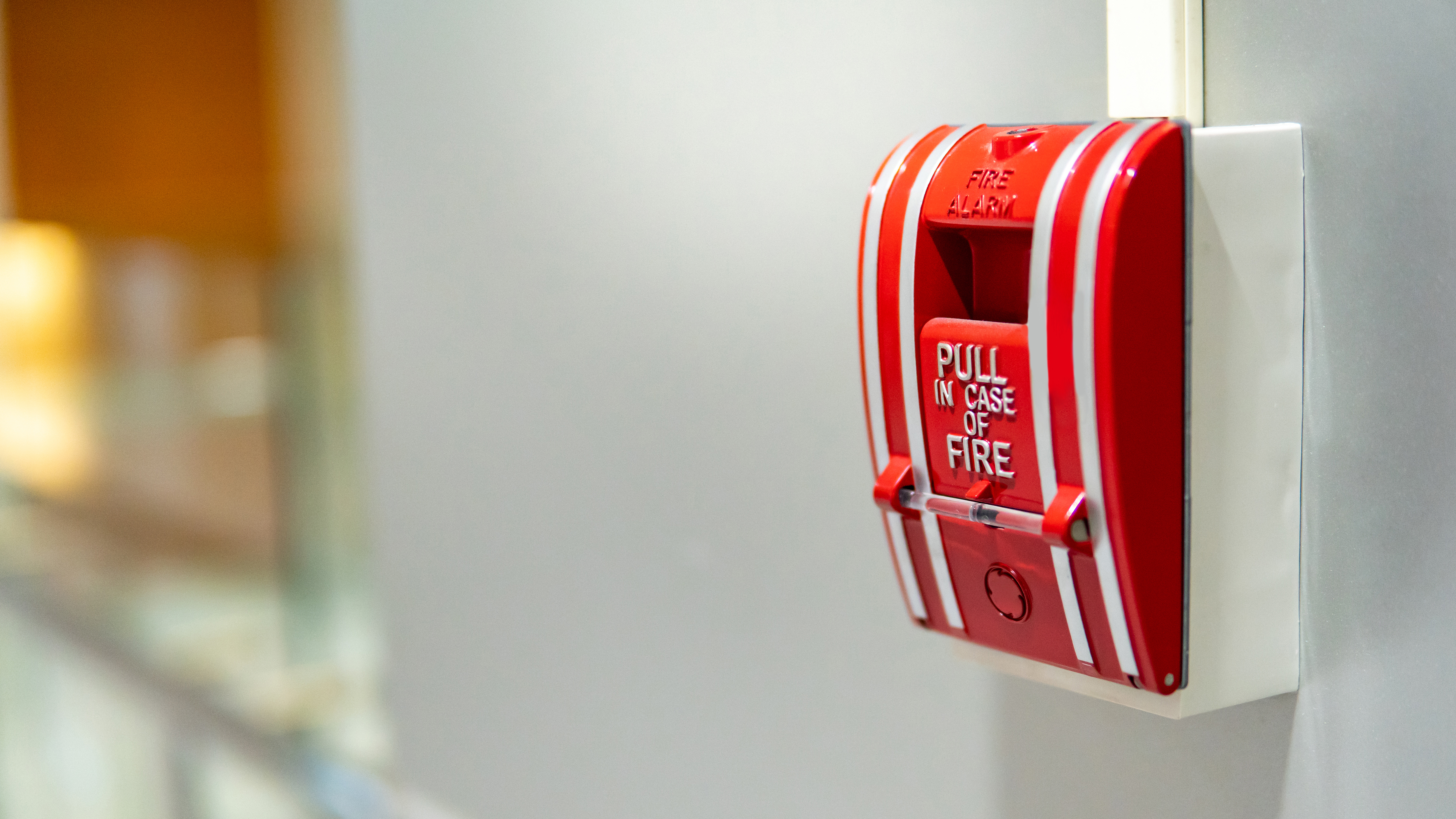1 min read
A Winning Season
On the shop floor, you don’t often talk about seasons. You have days, weeks, months, and periods of work, but those rarely correlate to a season like...

We talked about the impact of a single person in your organization as a strength and weakness earlier this year – a strength in that they do the work of a team and move the productivity of the entire organization; a weakness in that they are critical to your operations and cause a massive hole when they’re gone on vacation, sick time or leave you. I was at the store the other day and had a different reflection on the power of a single individual to the work of the whole that I’d like to share – a third side of the “coin” if you will.
I was shopping at an organic grocery chain and the cashier was bagging my groceries as she rang them. At this store, they don’t use separate baggers at the end of the aisle. She had taken out the paper bag, put it down on the counter, and was putting in items as she rang them. Once she was done packing a bag, she took both paper handles in her hands and turned them inside out. By rotating the handles this way (I will do this myself from now on), she found that they were stronger.
When the bags were stored flat, the handles were folded a certain way. They can sometimes come off the bag this way and she found a way to strengthen that connection by simply turning them inside out. It was a very specific motion that she made, and you could tell she had done it a million times. I asked her about it. That’s when she told me the story about how much more she could lift with the handles turned thus.
Do you have people doing this reverse step in your organization today? Would you know if you did?
The job of your productions team is to get your products out the door quickly, safely, effectively and with the highest quality possible. But paramount to all of that is getting your products out the door. When something goes wrong, they’re going to do what it takes to get the order out. When something is behind, they’re going to hustle to push it out. Everything on the shop floor is driven towards the loading bays.
Creative people on your team may find better ways to do things than the rest of your team use. These people are driven to do things well and have true pride in their craft. And I don’t use that word lightly. If they are thinking about how to do their work better, it’s a craft. Whether they’re bagging groceries, taking your sandwich order, cleaning your hotel room, or building the next space capsule, they have a craft. They take it seriously and work hard to make sure they do it well.
Some of these people, like my experience with the cashier, may be quiet workers. They’re not out for glory and may not even want to stand out from others. They just want to do their job well. These are the people that you may be missing. And their ideas may be the difference between putting your customers’ products “in the cart” and doing something different that they notice.
In my situation, the cashier used a clever trick to make the final product better. She improved the experience for me as a shopper. Whether I noticed what she did or not, the simple trick she used made it easier for me to get the bags out to my car without issue. She didn’t complain about it or warn me. She just did it out of habit. For her, this was a deep quality improvement.
Quality improvements can come about like that. People who do a job repetitively know how to do it well. Better even. Sometimes better than the people who engineer processes for a living. It’s putting the task in the hands of the people who know it best to get the best outcome. And that’s something we all should want to do.
We believe that communication back from your team on the shop floor is one of the best ways to increase quality. Let them tell you what works and what does not. Let them help you figure it out. This open door to communication has complications, however.
Shop floor communication
It’s not often that people may listen to those doing the work to plan how the work is done. There may be suspicion or doubt there that they have the training to engineer a better way. From my own personal experience, these may be your best resources for coming up with better ways to do things. You need these particular people to help you; if the people who planned your work knew that there was a better way to do something, they would have already wrapped it in their procedures. This is something new.
Provide them with a way to communicate with you. Open it both publicly and quietly. You will have workers that want to be publicly recognized for their contributions, and those who want to quietly provide input but not be front and center. Provide opportunities to capture both.
It can be as simple as a portion of your morning standup meeting (you have one of those, right?) where you ask for suggestions / comments. Be careful to listen to these. Don’t express doubt. Lean into what they’re telling you and put a team on exploring it for your shop. You want to make sure that when someone opens the door for input and says something, you allow that to happen.
You can also use a suggestion box, although I have not found that effective. We put a place in the software itself for people to give feedback. They can do it quietly, without fanfare. This will capture feedback from those who are too quiet to state it out loud, but will provide it under wraps if you give them a chance.
An aside here, and the reason I’m going to that quiet person in the story. The cashier at the store told me that almost no one asks about her turning the bag handles. She is very deliberate in the movement and the work she’s doing. I can’t imagine not noticing that she’s doing this after packing each bag. She and I had a 5-minute conversation about it where I learned why she did it and how it came about. It really doesn’t take much to differentiate yourself in this way. I learned from my father-in-law many years ago that you should look people in the eye when you’re interacting with them. At a store, hotels, restaurants, anywhere you go where you and another human are working together to some end.
And, if you want a further aside, this guy really explores the science of a paper bag handle.
Ask your team if they know how they’re doing. How do they know? What information might be helpful to them or required? These are the very challenges that we see shops deal with every day. Give your team the tools they need to track your numbers, report on them, analyze and archive them. Push the Connect button to learn about how we help teams with this. Or, if you have a question, reach out to info@cimx.com. We are here to help you save money, time and get your Production under Control.
Contact CIMx Software to see how a Manufacturing Execution System can improve production control for you.

1 min read
On the shop floor, you don’t often talk about seasons. You have days, weeks, months, and periods of work, but those rarely correlate to a season like...

1 min read
Cheating is not worth it. In the short term, it may give you the “win” but in the end, it corrupts from the very center of your organization. And,...

1 min read
This weekend, I received a call from my alarm company. They were calling to tell me that I had a warning message on a piece of equipment that was...